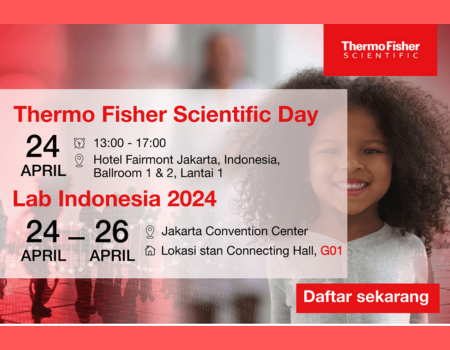Senescent Cancer Cells Vaccine Boost Immune Response
Scientists have long been working to elevate the effectiveness of the immune system against cancer by using vaccines based on dead tumor cells. Recently, a research team from Karolinska Institutet and IRB Barcelona found that vaccination with ‘live’ senescent cancer cells, instead of dead cells, significantly reduced the formation of melanoma and pancreatic tumors in mice.
The study was published in the journal Cancer Research on 27 Oct.
Related Article: Bacteriophage Characteristics Could Provide the Key to Tackling Viruses
Potential of Senescence to Activate Immune System
Senescence is a state of latency reached by damaged or aged cells in which they neither reproduce nor disappear. Senescent cells can release signals into their environment to warn of their presence, thus stimulating an inflammatory response or tissue regeneration.
In the context of cancer, senescent cells are a good option for activating the immune system and improving its response to the tumor as they are living cells that can remain in the body longer than dead ones. Thus, stimulating the immune system even longer. On the other hand, as these cells do not divide, they have no risk of regenerating the tumor.
Promising Results In Vivo
After vaccinating healthy mice with senescent cancer cells and then stimulating the formation of tumors, the researchers observed that the animals did not develop cancer, which confirmed the safety of injecting living cancer cells in vivo.
The researchers further tested the technique in animal models of melanoma, a type of cancer characterized by high activation of the immune system, and also in pancreatic cancer models, which present strong barriers against immune cells. As a result, prophylactic vaccination therapy with senescent cancer cells was effective against both types of tumors.
In addition, the researchers complemented the study with tumor samples from cancer patients and confirmed that human cancer cells also have a greater capacity to activate the immune system when they are previously rendered senescent.
The group is now seeking the possibility of developing a combined treatment of vaccination with senescent cells and immunotherapy.
However, the challenge is the highly complex process of cellular senescence, and more research on the potential side effects of senescent cell treatment are needed before bringing it to the clinic. Hence, resolving the complexity of senescence in animal models while also developing alternative approaches to vaccination without the use of “live” senescent cells would be the main focus of scientists right now.
©www.geneonline.com All rights reserved. Collaborate with us: service@geneonlineasia.com










